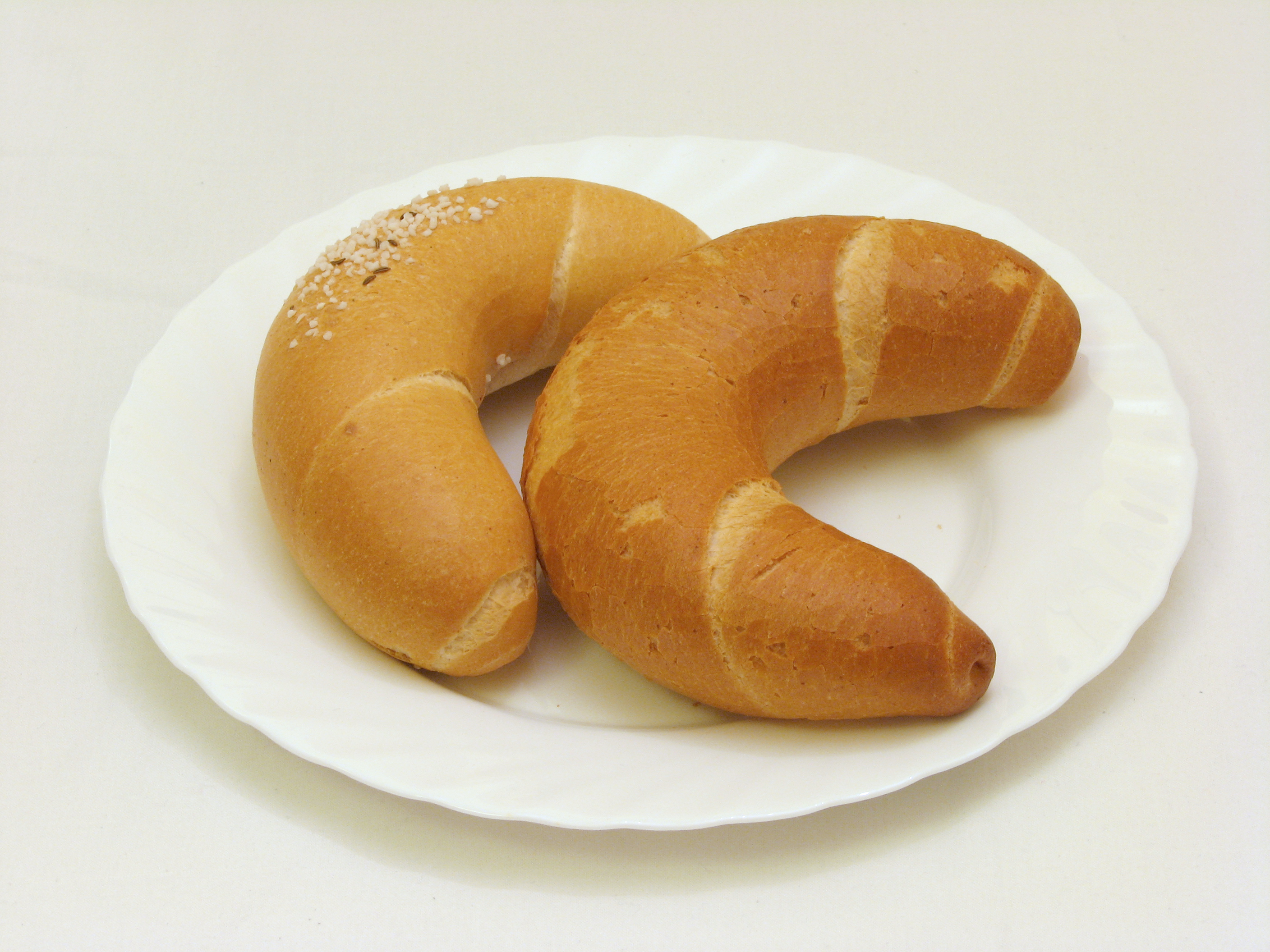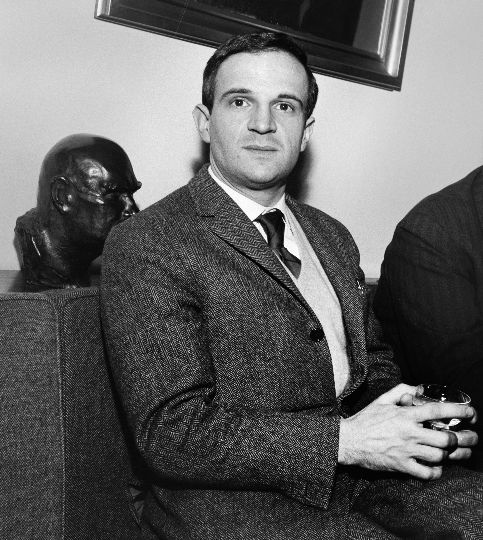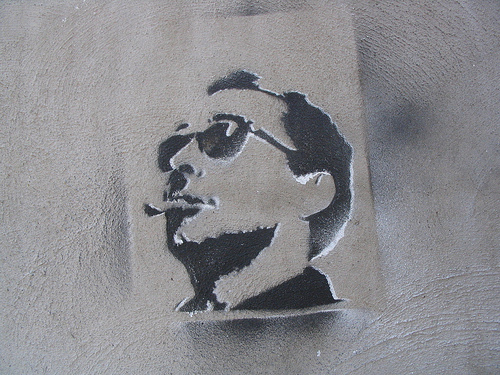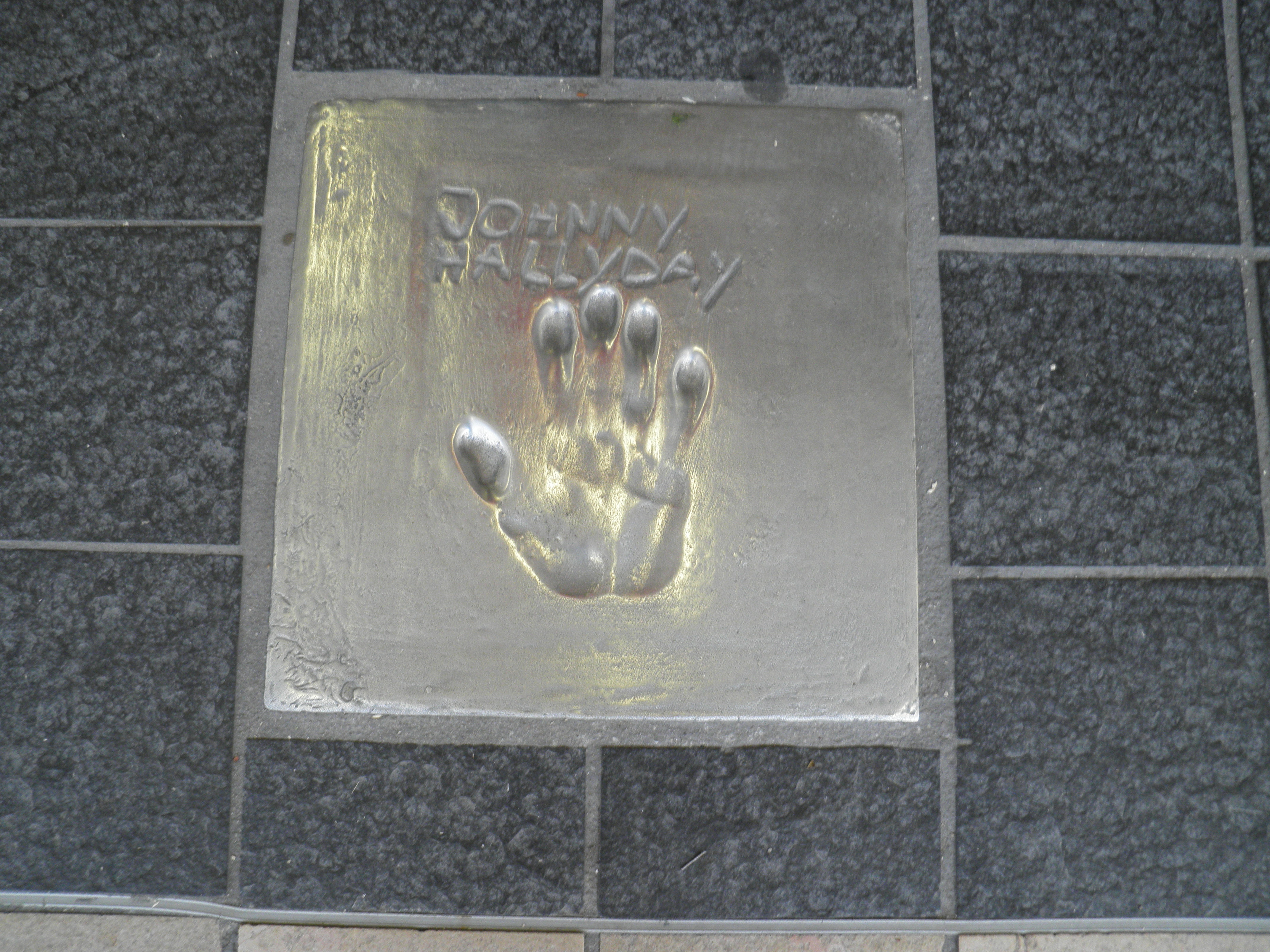|
Francophile
A Francophile is a person who has a strong affinity towards any or all of the French language, History of France, French history, Culture of France, French culture and/or French people. That affinity may include France itself or its history, language, French cuisine, cuisine, French literature, literature, etc. The term "Francophile" can be contrasted with Francophobia, Francophobe (or Gallophobe), someone who shows hatred or other forms of negative feelings towards all that is French. A Francophile may enjoy French artists (such as Claude Monet, Pierre-Auguste Renoir, Edgar Degas, Paul Cézanne, and Henri Matisse); authors and poets (such as Victor Hugo, Alexandre Dumas, Voltaire, Honoré de Balzac, and George Sand), musicians (such as Daft Punk, Jean-Michel Jarre, Serge Gainsbourg, Édith Piaf, Johnny Hallyday, and Carla Bruni), filmmakers (such as Jean-Luc Godard, François Truffaut, Robert Bresson, and Jean-Pierre Melville), and cuisine (such as baguettes, croissants, frog leg ... [...More Info...] [...Related Items...] OR: [Wikipedia] [Google] [Baidu] |
French Language
French ( or ) is a Romance languages, Romance language of the Indo-European languages, Indo-European family. Like all other Romance languages, it descended from the Vulgar Latin of the Roman Empire. French evolved from Northern Old Gallo-Romance, a descendant of the Latin spoken in Northern Gaul. Its closest relatives are the other langues d'oïl—languages historically spoken in northern France and in southern Belgium, which French (Francien language, Francien) largely supplanted. It was also substratum (linguistics), influenced by native Celtic languages of Northern Roman Gaul and by the Germanic languages, Germanic Frankish language of the post-Roman Franks, Frankish invaders. As a result of French and Belgian colonialism from the 16th century onward, it was introduced to new territories in the Americas, Africa, and Asia, and numerous French-based creole languages, most notably Haitian Creole, were established. A French-speaking person or nation may be referred to as Fra ... [...More Info...] [...Related Items...] OR: [Wikipedia] [Google] [Baidu] |
Frog Legs
Frog legs () are the muscular hindlimbs of frogs that are consumed as food by humans in some cuisines. Frog legs are rich in protein, omega-3 fatty acids, vitamin A, and potassium. They are often said to taste like chicken because of the mild flavor, with a texture most similar to Chicken wings as food, chicken wings. The taste and texture of frog meat are approximately between chicken and fish. Frog muscles do not resolve rigor mortis as quickly as skeletal muscles from warm-blooded animals (chicken, for example) do, so heat from cooking can cause fresh frog legs to twitch. In French cuisine, they are considered a national delicacy. Other parts of the world that eat frog legs include Singapore, Southern China, Cambodia, Vietnam, Thailand, Indonesia, Northeast India, Korea, Northern Italy, the Alentejo region of Portugal, Spain, Albania, Slovenia, Romania, Bulgaria, Northwestern Greece, Odesa Oblast of Ukraine, South Africa, and the Southern United States, Southern regions of the ... [...More Info...] [...Related Items...] OR: [Wikipedia] [Google] [Baidu] |
Croissants
A croissant (, ) is a French pastry in a crescent shape made from a laminated yeast dough similar to puff pastry. It is a buttery, flaky, '' viennoiserie'' pastry inspired by the shape of the Austrian '' kipferl'', but using the French yeast-leavened laminated dough. Croissants are named for their historical crescent shape. The dough is layered with butter, rolled and folded several times in succession, then rolled into a thin sheet, in a technique called laminating. The process results in a layered, flaky texture, similar to a puff pastry. Crescent-shaped breads have been made since the Renaissance, and crescent-shaped cakes possibly since antiquity. The modern croissant was developed in the early 20th century, when French bakers replaced the brioche dough of the ''kipferl'' with a yeast-leavened laminated dough. In the late 1970s, the development of factory-made, frozen, preformed but unbaked dough made them into a fast food that could be freshly baked by unskilled la ... [...More Info...] [...Related Items...] OR: [Wikipedia] [Google] [Baidu] |
Baguettes
A baguette (; ) is a long, thin type of bread of French origin that is commonly made from basic lean dough (the dough, not the shape, is defined by French law). It is distinguishable by its length and crisp crust. A baguette has a diameter of about and a usual length of about , but can be up to long. In November 2018, documentation surrounding the "craftsmanship and culture" of making this bread was added to the French Ministry of Culture's National Inventory of Intangible Cultural Heritage. In 2022, the artisanal know-how and culture of baguette bread was inscribed to the UNESCO Intangible Cultural Heritage Lists. History Much of the history of the baguette is speculation; however, some facts can be established. Long, stick-like breads in France became more popular during the 18th century, French bakers started using " ''gruau''," a highly refined Hungarian high-milled flour in the early 19th century, Viennese steam oven baking was introduced to Paris in 1839 by Augus ... [...More Info...] [...Related Items...] OR: [Wikipedia] [Google] [Baidu] |
Jean-Pierre Melville
Jean-Pierre Grumbach (20 October 1917 – 2 August 1973), known professionally as Jean-Pierre Melville (), was a French filmmaker. Considered a spiritual godfather of the French New Wave, he was one of the first fully-independent French filmmakers to achieve commercial and critical success. His works include the crime dramas ''Bob le flambeur'' (1956), ''Le Doulos'' (1962), ''Le Samouraï'' (1967), and ''Le Cercle Rouge'' (1970), and the war films ''Le Silence de la mer (1949 film), Le Silence de la mer'' (1949) and ''Army of Shadows'' (1969). Melville's subject matter and approach to film making was influenced by his service in the French Resistance during World War II, during which he adopted the ''nom de guerre'' (pseudonym) 'Melville' as a tribute to his favorite American author Herman Melville. He kept it as his stage name once the war was over. His sparse, existentialist but stylish approach to film noir and later neo-noir films, many of them Crime film, crime dramas, have ... [...More Info...] [...Related Items...] OR: [Wikipedia] [Google] [Baidu] |
Robert Bresson
Robert Bresson (; 25 September 1901 – 18 December 1999) was a French film director. Known for his ascetic approach, Bresson made a notable contribution to the art of cinema; his non-professional actors, Ellipsis (narrative device), ellipses, and sparse use of scoring have led his works to be regarded as preeminent examples of Minimalism, minimalist film. Much of his work is known for being tragic in story and nature. Bresson is among the most highly regarded filmmakers of all time. He has the highest number of films (seven) that made the 2012 ''Sight & Sound'' critics' poll of the 250 greatest films ever made. His works ''A Man Escaped'' (1956), ''Pickpocket (film), Pickpocket'' (1959) and ''Au hasard Balthazar'' (1966) were ranked among the top 100, and other films like ''Mouchette'' (1967) and (1983) also received many votes. Jean-Luc Godard once wrote, "He is the French cinema, as Fyodor Dostoevsky, Dostoevsky is the Russian novel and Mozart is German music." Personal life ... [...More Info...] [...Related Items...] OR: [Wikipedia] [Google] [Baidu] |
François Truffaut
François Roland Truffaut ( , ; ; 6 February 1932 – 21 October 1984) was a French filmmaker, actor, and critic. He is widely regarded as one of the founders of the French New Wave. He came under the tutelage of film critic Andre Bazin as a young man and was hired to write for Bazin's ''Cahiers du Cinéma'', where he became a proponent of the auteur, ''auteur'' theory, which posits that a film's director is its true author. ''The 400 Blows'' (1959), starring Jean-Pierre Léaud as Truffaut's alter-ego Antoine Doinel, was a defining film of the New Wave. Truffaut supplied the story for another milestone of the movement, Breathless (1960 film), ''Breathless'' (1960), directed by his ''Cahiers'' colleague Jean-Luc Godard. His other notable films include ''Shoot the Piano Player'' (1960), ''Jules and Jim'' (1962), ''The Soft Skin'' (1964), ''Two English Girls'' (1971) and ''The Last Metro'' (1980). Truffaut's Day for Night (film), ''Day for Night'' (1973) earned him the BAFTA Awa ... [...More Info...] [...Related Items...] OR: [Wikipedia] [Google] [Baidu] |
Jean-Luc Godard
Jean-Luc Godard ( , ; ; 3 December 193013 September 2022) was a French and Swiss film director, screenwriter, and film critic. He rose to prominence as a pioneer of the French New Wave film movement of the 1960s, alongside such filmmakers as François Truffaut, Agnès Varda, Éric Rohmer and Jacques Demy. He was arguably the most influential French filmmaker of the post-war era. According to AllMovie, his work "revolutionized the motion picture form" through its experimentation with narrative, continuity, sound, and camerawork. During his early career as a film critic for '' Cahiers du Cinéma'', Godard criticized mainstream French cinema's "Tradition of Quality" and championed Hollywood directors like Alfred Hitchcock and Howard Hawks. In response, he and like-minded critics began to make their own films, challenging the conventions of traditional Hollywood in addition to French cinema. Godard first received global acclaim for '' Breathless'' (1960), a milestone in t ... [...More Info...] [...Related Items...] OR: [Wikipedia] [Google] [Baidu] |
Carla Bruni
Carla Bruni-Sarközy de Nagy-Bocsa (born Carla Gilberta Bruni Tedeschi; ; 23 December 1967) is an Italian and French singer, songwriter and fashion model who served as the List of spouses or partners of the president of France, first lady of France from 2008—when she married then president Nicolas Sarkozy—to 2012. She was born in Italy and moved to France at the age of seven. Bruni was a model from 1987 to 1997 before taking up a career in music. She wrote several songs for Julien Clerc that were featured on his 2000 album, ''Si j'étais elle''. Bruni released her first album, ''Quelqu'un m'a dit'', in 2003, which eventually spent 34 weeks in the top 10 of the French Albums Chart. Bruni won the Victoire Award for Female Artist of the Year at the 2004 Victoires de la Musique. The same year, Bruni released her second album, ''No Promises (Carla Bruni album), No Promises'', then the following year, she released her third album, ''Comme si de rien n'était.'' In 2013, Bruni releas ... [...More Info...] [...Related Items...] OR: [Wikipedia] [Google] [Baidu] |
Johnny Hallyday
Jean-Philippe Léo Smet (; 15 June 1943 – 5 December 2017), better known by his stage name Johnny Hallyday, was a French rock and roll and Pop music, pop singer and actor, credited with having brought rock and roll to France. During a career spanning 57 years, Hallyday released 79 albums and sold more than 110 million records worldwide, mainly in the French-speaking world, making him one of the List of the best-selling music artists, best-selling artists in the world. He had five diamond albums, 40 Music recording sales certification, gold albums, 22 platinum albums and earned ten ''Victoires de la Musique''. He sang an estimated 1,154 songs and performed 540 duets with 187 artists. Credited for his strong voice and his spectacular shows, he sometimes arrived by entering a stadium through the crowd and once by jumping from a helicopter above the Stade de France, where he performed nine times. Among his 3,257 shows completed in 187 tours, the most memorable were at Parc des Prin ... [...More Info...] [...Related Items...] OR: [Wikipedia] [Google] [Baidu] |
Édith Piaf
Édith Giovanna Gassion (19 December 1915 – 10 October 1963), known as Édith Piaf (), was a French singer and lyricist best known for performing songs in the cabaret and modern chanson genres. She is widely regarded as France's greatest popular singer and one of the most celebrated performers of the 20th century. Having begun her career touring with her father at age fourteen, her fame increased during the German occupation of France, shortly after which (in 1945) she wrote the lyrics to her signature song, "La Vie en rose" (). She became France's most popular entertainer in the late 1940s, also touring Europe, South America and the United States, where her popularity led to eight appearances on ''The Ed Sullivan Show.'' Piaf continued to perform, including several series of concerts at the Paris Olympia music hall, until a few months before her death in 1963 at age 47. Her last song, "L'Homme de Berlin", was recorded with her husband Théo Sarapo in April 1963. Since her de ... [...More Info...] [...Related Items...] OR: [Wikipedia] [Google] [Baidu] |







